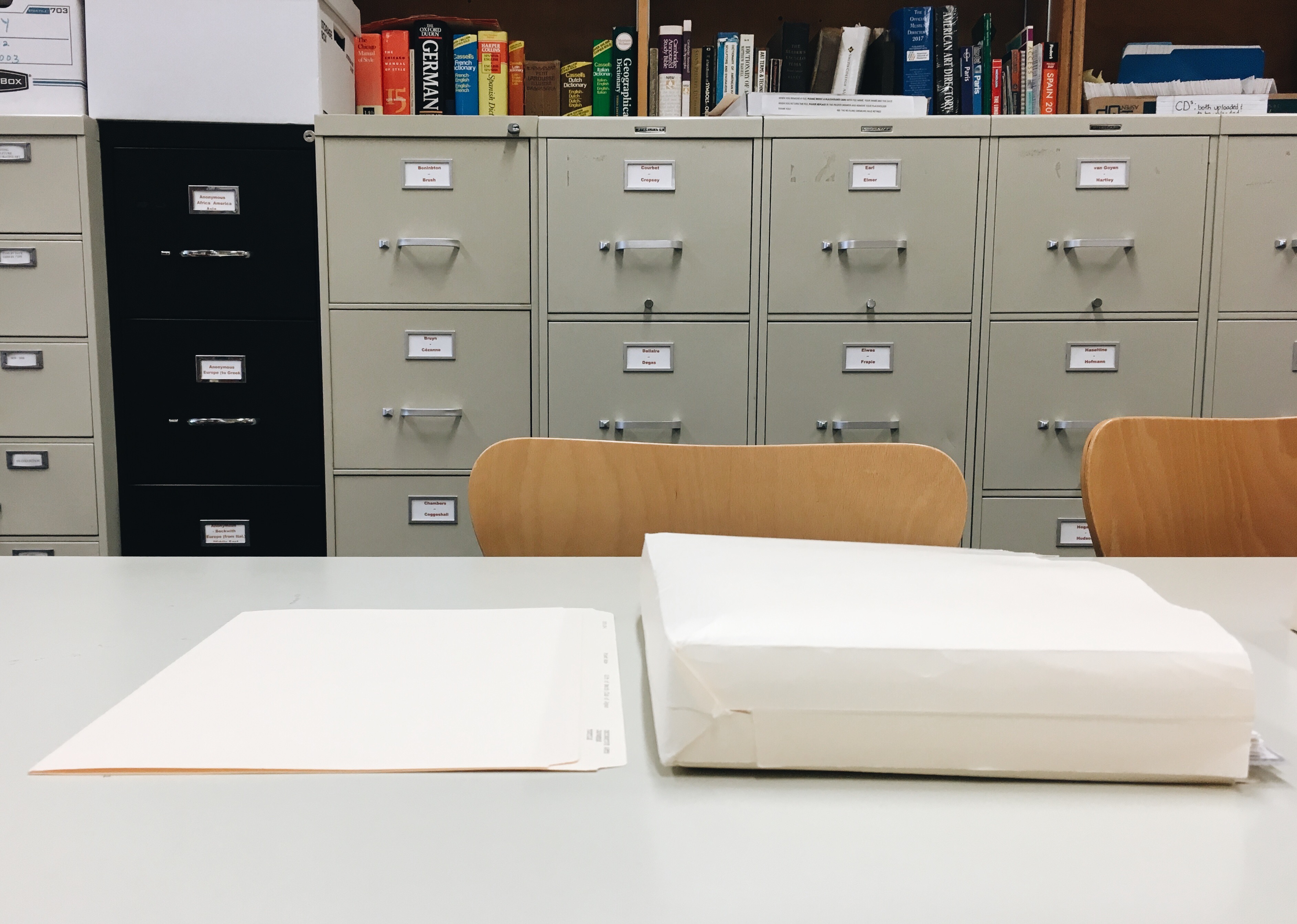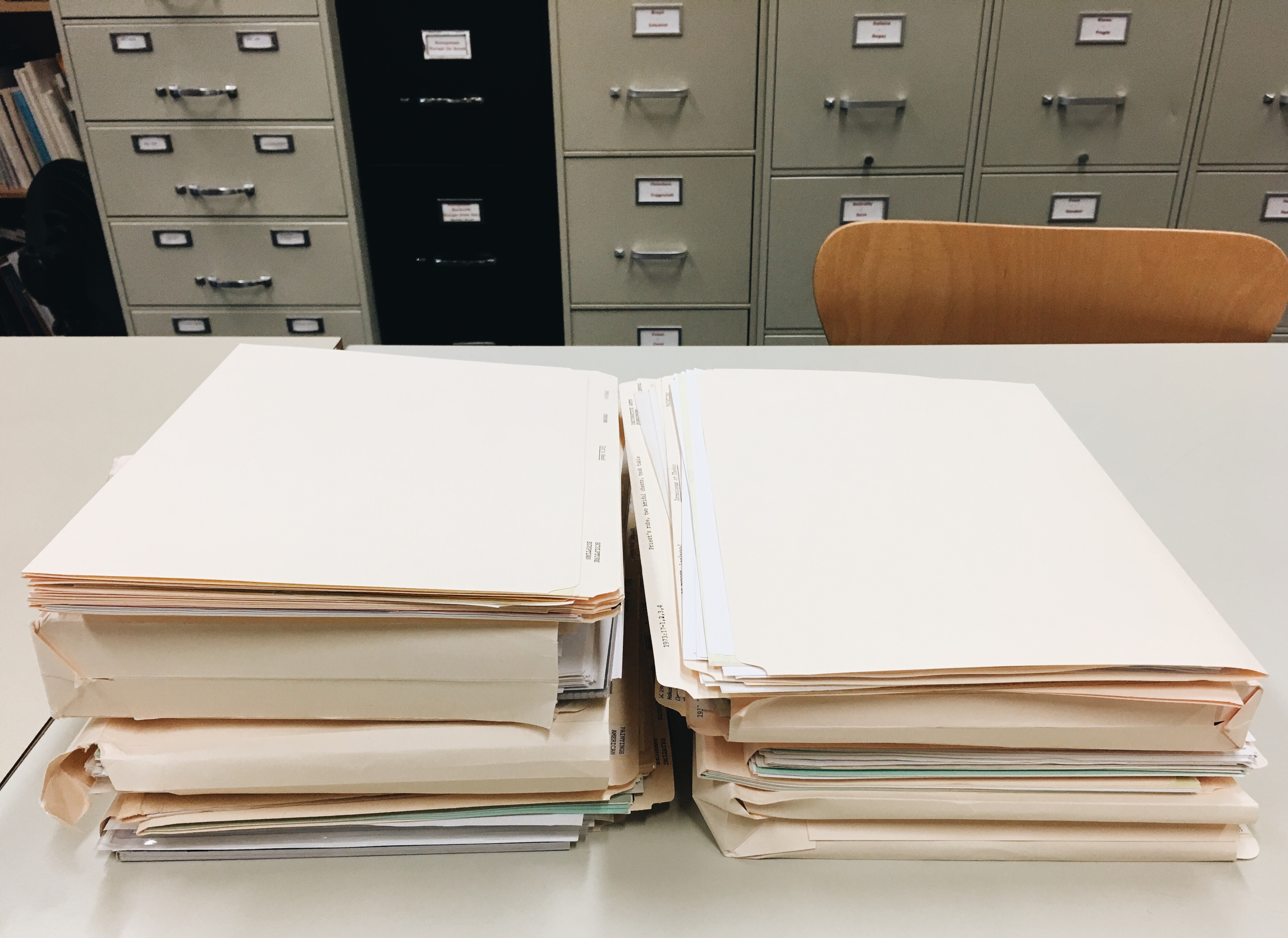Background
What makes an object interesting? For me, it is its stories. With an intriguing story, a seemingly mundane object can have the power to become meaningful. For instance, a museum is a placeholder for different art objects, and one of the jobs for museums is to present the significance of their collection, however, new ways of storytelling are needed. This project is the capstone project to the Museums Concentration at Smith College. If you are interested to learn more about my Museum concentration experience, visit my portfolio here.
With this project, I hope to go beyond what’s behind museum labels for people to explore the dynamic stories that connect the art, people, and places. The Smith College Museum of Art is selected as a model for this project. Through reading about travel history, donor history, exhibition history, controversies about the art objects that found their home at the SCMA, the viewer is invited to learn more about the museum object as well as to understand more about how museums display and interpret art objects.
The selected 9 objects are of personal interest to me due to their global narratives. Enjoy!
Research
In the process of researching object backstories, I also reached different dilemmas. I discovered that not all objects much information. Does that mean they are not as important? Also, since most object files are in physical copies, they are difficult to access and I transcribed them into stories that can be told and easily understood by students, also providing prompting questions and other resources to enrich the reading experience.


Moreover, those stories are only one facade of the intriguing history of the museum objects, but they are there to help better communicate context for museum collections. In order to foster conversation, viewers can also tell their own stories, experiences, and emotions on how the object has impacted them. Further steps also need to be taken to make this project more user-friendly and engaging.
Special Thanks
Last but not least, many thanks to the kind guidance and assistance of Charlene Shang Miller, Danielle Carrabino, Deborah Diemente, Jessica Nicoll, Shanice Bailey, Mario Valdebenito Rodas, Maureen Callahan, Nanci Young, and Yao Wu, for making this project possible.
